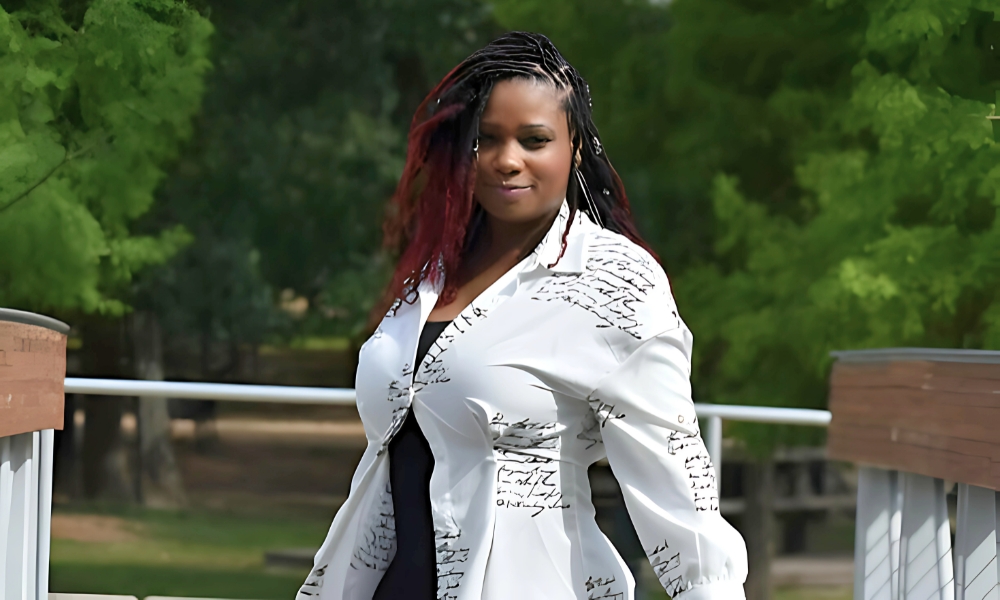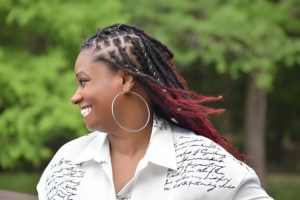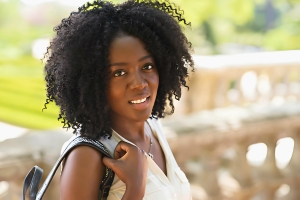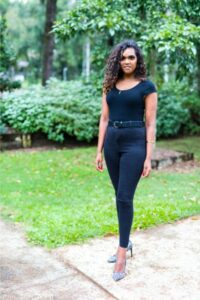
4-minute read
As a Black woman who grew up navigating Western beauty standards, I’ve always been acutely aware of how Western Beauty Clashes with Black Culture, creating tension between my identity and heritage. Western ideals push a version of beauty that feels exclusionary, while Black culture celebrates diversity and authenticity. This tension doesn’t just affect how we see ourselves; it’s a constant battle to resist being molded into something we’re not.
Let’s explore three key areas where Western beauty standards conflict with Black culture and the profound impact this has on us.

Growing up, both of my parents were Rastafarians, and in our household, embracing Blackness was not just encouraged—it was a way of life. Natural hair was celebrated as a symbol of pride and heritage, and locs, in particular, represented a connection to spirituality and resistance to oppression. I was raised with a deep appreciation for the beauty of our natural textures, but society had other plans.
Despite my upbringing, the pressures of Western beauty standards proved stronger. By the time I hit my teens, I was begging for relaxers. I wanted the straight, “sleek” look I saw in magazines and on TV. Later, I graduated to extensions and wigs, trying styles that felt more acceptable in a world where natural hair was deemed “unprofessional” or “unkempt.”
This journey is a testament to how pervasive and powerful the media and Western beauty ideals can be, highlighting yet another way Western Beauty Clashes with Black Culture. Even when your upbringing encourages you to love and embrace your Blackness, societal pressure to conform can overshadow everything else.
In Black culture, our hair is so much more than an aesthetic choice—it’s a statement of identity, creativity, and resilience. Yet, Western beauty standards continue to dismiss the versatility and beauty of Afro-textured hair. This clash forces us to constantly navigate a world that both fetishizes and rejects our natural hair, leaving many of us feeling like we have to choose between authenticity and acceptance.

Colourism, deeply rooted in colonialism, remains one of the most painful ways Western beauty ideals impact Black women. The unspoken rule that lighter skin is more desirable permeates everything from media representation to product advertising.
Growing up, I keenly noticed how often people celebrated lighter-skinned women as the epitome of beauty. People often relegated darker-skinned women to the background or portrayed them using unflattering stereotypes. It was a harsh reminder that society didn’t see all Black women as equally beautiful.
In Black culture, our skin tones represent a spectrum of beauty, richness, and heritage. The darker the berry, the sweeter the juice. But Western beauty standards have convinced many of us otherwise. The prevalence of skin-lightening products and the lack of representation for darker-skinned women reinforce a message that lighter is better.
While there’s been some progress in recent years—thanks to brands like Fenty Beauty and movements advocating for greater diversity—there’s still a long way to go. The harm caused by colourism doesn’t just vanish with more inclusive ad campaigns. The work to undo this deeply ingrained bias has to happen both externally and internally.

Black culture has always celebrated a diversity of body types, embracing curves, hips, and fuller figures long before it was trendy. Western beauty standards, on the other hand, historically favoured slim, almost waif-like physiques, labelling curvier bodies as unhealthy or undesirable.
In recent years, however, Western beauty ideals have started to catch up. More people are acknowledging that “skinny isn’t better,” and they now recognise curvier bodies as healthy and beautiful too. But even this shift comes with its complications.
The “ideal” curvy body now promoted—featuring a slim waist, wide hips, and a round backside—is not attainable for everyone. It’s a specific shape that often feels exclusionary, even as it claims to celebrate diversity. This new standard reflects what Black and brown people have always known: beauty isn’t one-size-fits-all.
But it also creates new pressures, pushing many women toward dangerous measures to achieve a shape that doesn’t come naturally to them. For Black women, it’s a bittersweet reminder that while people now appreciate our curves, they often celebrate them in ways that still make many of us feel excluded.
The clash between Western beauty standards and Black culture is complex, but it’s also an opportunity for change. One of the most empowering things we can do is define beauty on our terms.
This doesn’t mean rejecting makeup, wigs, or any of the things that help us feel beautiful. It means making choices for ourselves, not because we feel pressured to conform but because they bring us joy. Black women have always been innovators in beauty, from intricate braided hairstyles to bold makeup looks, and we deserve the freedom to express ourselves however we choose.
Representation is essential, but so is self-compassion. The journey to self-acceptance isn’t linear, and the pressures we face are real. Whether you’re rocking a natural Afro, a sleek wig, or a bold red lip, your beauty is valid, and so is your choice to embrace what makes you feel confident.
To my sisters reading this: let’s continue to challenge the standards that don’t serve us, celebrate the features that make us unique, and support one another in every way possible. Because when we define beauty for ourselves, we create space for the next generation to do the same.
4-minute read Have you ever found yourself lying awake at night, heart heavy with worry about your teenager’s safety during interactions with the police? It’s a question that lingers for many parents and caregivers, especially when history and statistics both
4-minute read I’ve spent a lot of time thinking about beauty—what it means, who gets to define it, and whether it’s really as inclusive as we like to think. And the more I look at it, the more I realize
4-minute read Let’s be honest—the Hidden Agenda Behind Beauty Ads is everywhere. They follow us on our phones, pop up in our social feeds, and even sneak their way into our subconscious when we least expect it. One minute you’re